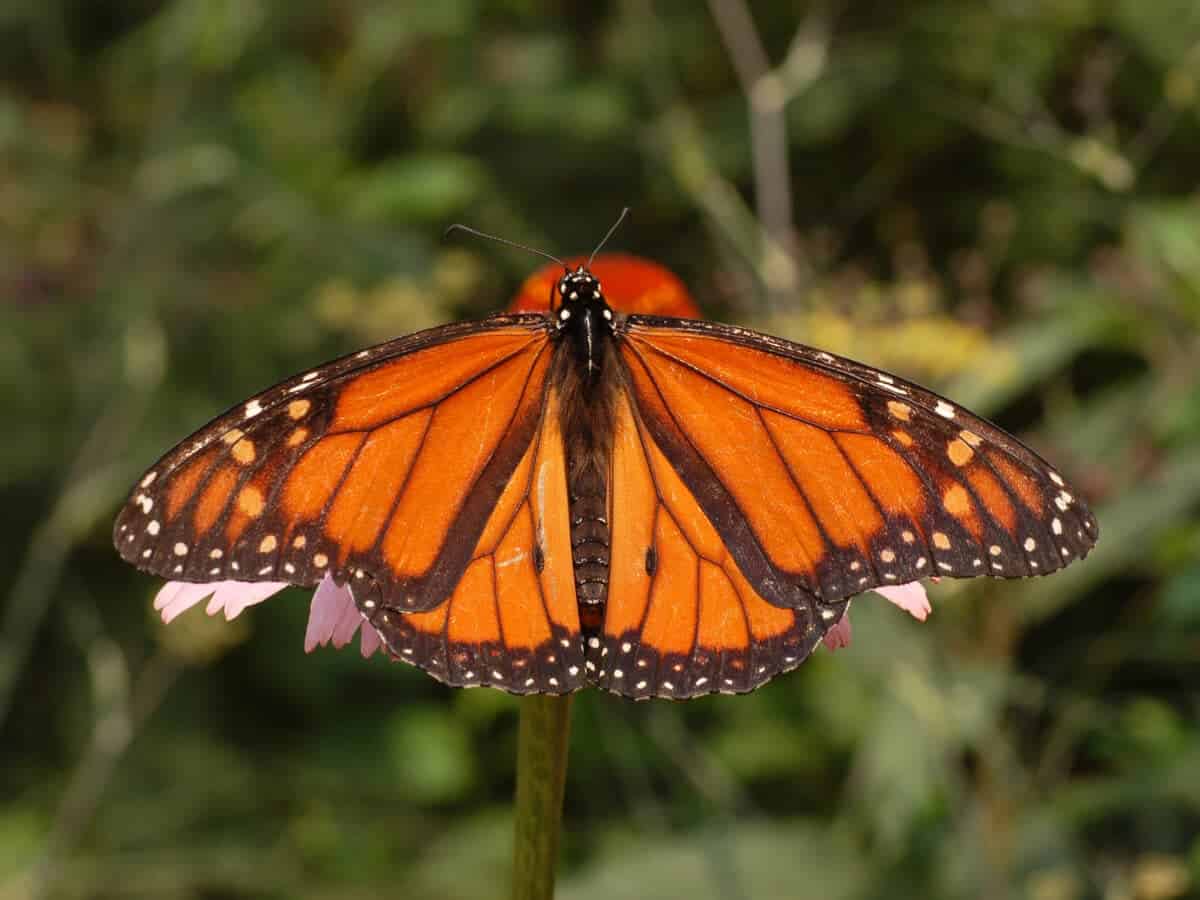Imagine a delicate flutter of orange and black wings, embarking on one of nature’s most astonishing journeys. Each year, millions of monarch butterflies transform the skies into a living canvas, tracing a path across the United States in a migration as mysterious as it is awe-inspiring. This epic voyage, spanning thousands of miles, is not just a testament to the resilience of these tiny creatures but also a poignant reminder of the intricate tapestry of our ecosystem.
Monarch butterflies (Danaus plexippus) are not just beautiful creatures; they play a crucial role in the ecosystems they inhabit. As pollinators, they contribute to the health of many plant species, which in turn support other wildlife. Their migration is one of the most spectacular in the insect world and serves as an indicator of environmental health.
Lifecycle and Generational Migration
The monarch migration is unique because it spans multiple generations. The journey begins in the northern regions of North America, where butterflies emerge from their chrysalides in late summer. These butterflies are physiologically different from their ancestors; they are born to migrate and have a longer lifespan of up to eight months. This generation flies south to overwintering sites in Mexico and parts of California.
In spring, these same butterflies begin the journey north again but only complete part of the return trip. They lay eggs in the southern United States, and the next generation continues the journey northward. This cycle continues with up to four generations each year, with only the final generation returning to the overwintering sites.
Migration Route and Challenges
The migration covers thousands of miles across various landscapes, including cities, farmlands, and forests. The route is fraught with challenges such as extreme weather, habitat destruction, and scarcity of food sources. Monarchs depend on milkweed plants to lay their eggs and for their caterpillars to feed on. The decline in milkweed due to agricultural practices and urban development is a significant threat to their survival.

Navigation and Adaptation
Monarchs exhibit remarkable navigational skills, using the sun and the Earth’s magnetic field to guide them. Scientists believe that they possess an internal compass that helps them orient themselves during their long journey. This adaptability is crucial for their survival but is still not fully understood, making them a subject of ongoing research.
Conservation and Human Impact
Conservation efforts are critical in ensuring the survival of monarch butterflies. Initiatives include planting milkweed and nectar-rich flowers, reducing pesticide use, and protecting and restoring butterfly habitats. Public involvement through citizen science programs helps in tracking migration patterns and population sizes.
Global Implications
The monarch butterfly’s migration is not just a North American phenomenon but has global implications. It highlights the interconnectedness of ecosystems and the impact of human activities on wildlife. The decline in monarch populations serves as a warning about the broader environmental challenges facing our planet.
In Conclusion
The monarch butterfly’s migration is a marvel of nature, showcasing incredible endurance, navigational skills, and adaptability. Understanding and protecting this phenomenon is vital not only for the species’ survival but also for the health of ecosystems across North America and the world.
Up next:
The Remarkable Monarch Butterfly Migration
This Butterfly Disguises Itself as a Snake to Outwit its Predators
Lord of the Rings Inspires New Butterfly Genus Named “Saurona”
Join our Forum for free today!

- The Kleptomaniac Cat That Rules Houston - July 20, 2024
- Elephant Makes a Lifelong Friend at Sanctuary in Tennessee - July 14, 2024
- Evidence For World’s Oldest Fossilized Forest Discovered in New York - July 11, 2024

